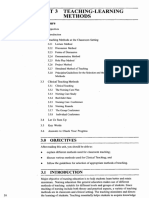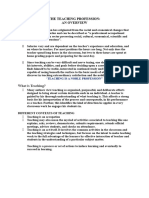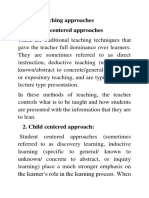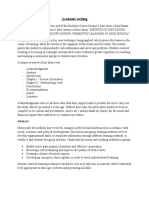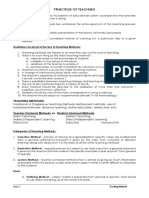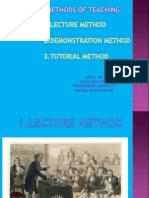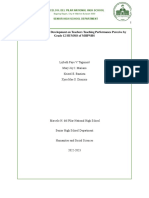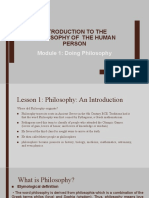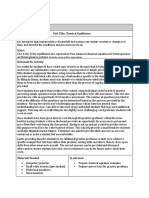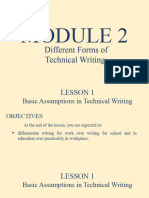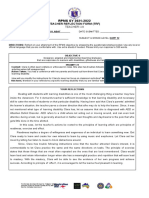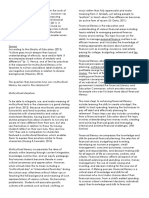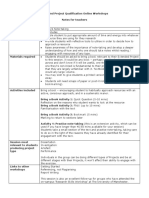0% found this document useful (0 votes)
113 views27 pagesGMT Week 7 Methods of Teaching
The document discusses several common methods of teaching:
1. Lecture method involves a teacher-controlled approach where the teacher lectures and students passively listen. It allows for covering content quickly but limits student participation.
2. Textbook reading utilizes the PQ4R method of previewing, questioning, reading, reflecting, reciting and reviewing to actively engage students with textbook material.
3. Discussion method is a group activity where the teacher and students define problems and seek solutions through listening, thinking and speaking. It fosters democratic thinking but may not always reach solutions.
4. Team teaching involves two or more teachers jointly planning and teaching to make use of their diverse expertise,
Uploaded by
NoorehiraCopyright
© © All Rights Reserved
We take content rights seriously. If you suspect this is your content, claim it here.
Available Formats
Download as PPTX, PDF, TXT or read online on Scribd
0% found this document useful (0 votes)
113 views27 pagesGMT Week 7 Methods of Teaching
The document discusses several common methods of teaching:
1. Lecture method involves a teacher-controlled approach where the teacher lectures and students passively listen. It allows for covering content quickly but limits student participation.
2. Textbook reading utilizes the PQ4R method of previewing, questioning, reading, reflecting, reciting and reviewing to actively engage students with textbook material.
3. Discussion method is a group activity where the teacher and students define problems and seek solutions through listening, thinking and speaking. It fosters democratic thinking but may not always reach solutions.
4. Team teaching involves two or more teachers jointly planning and teaching to make use of their diverse expertise,
Uploaded by
NoorehiraCopyright
© © All Rights Reserved
We take content rights seriously. If you suspect this is your content, claim it here.
Available Formats
Download as PPTX, PDF, TXT or read online on Scribd
/ 27









